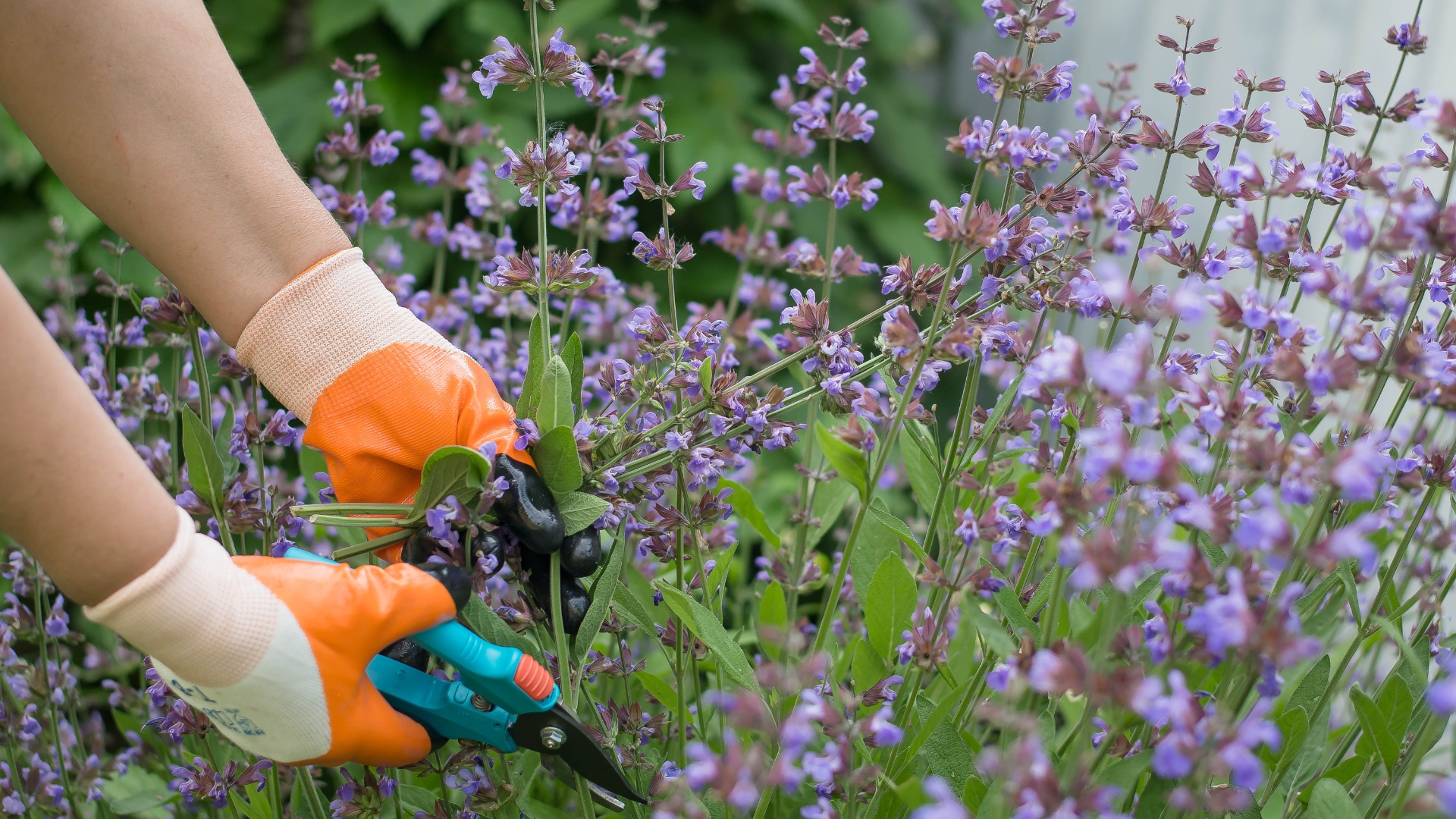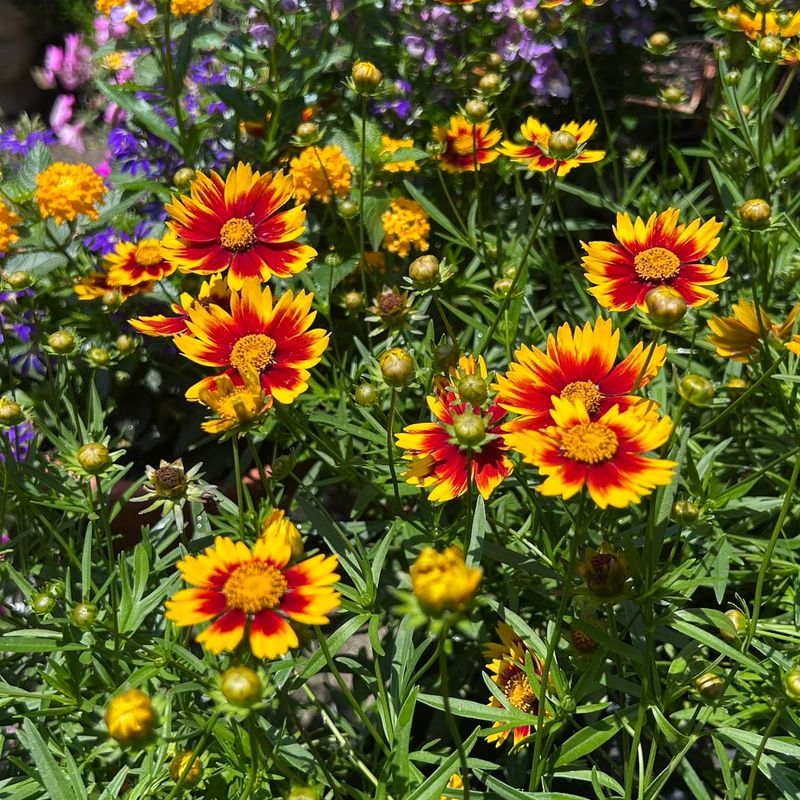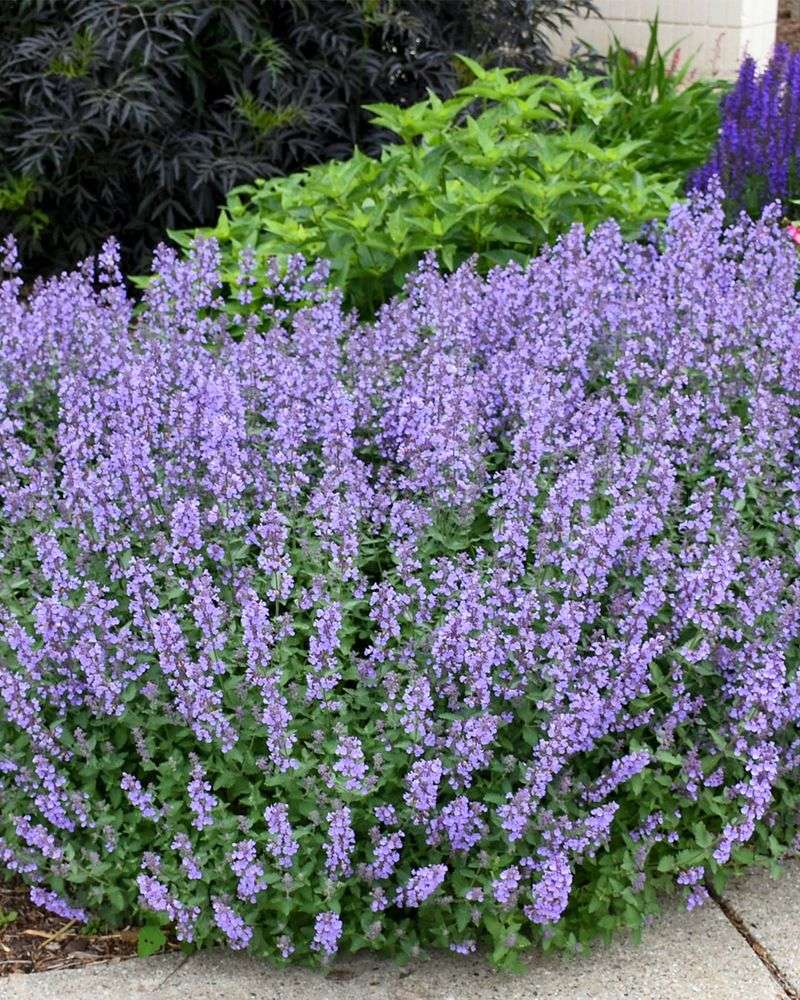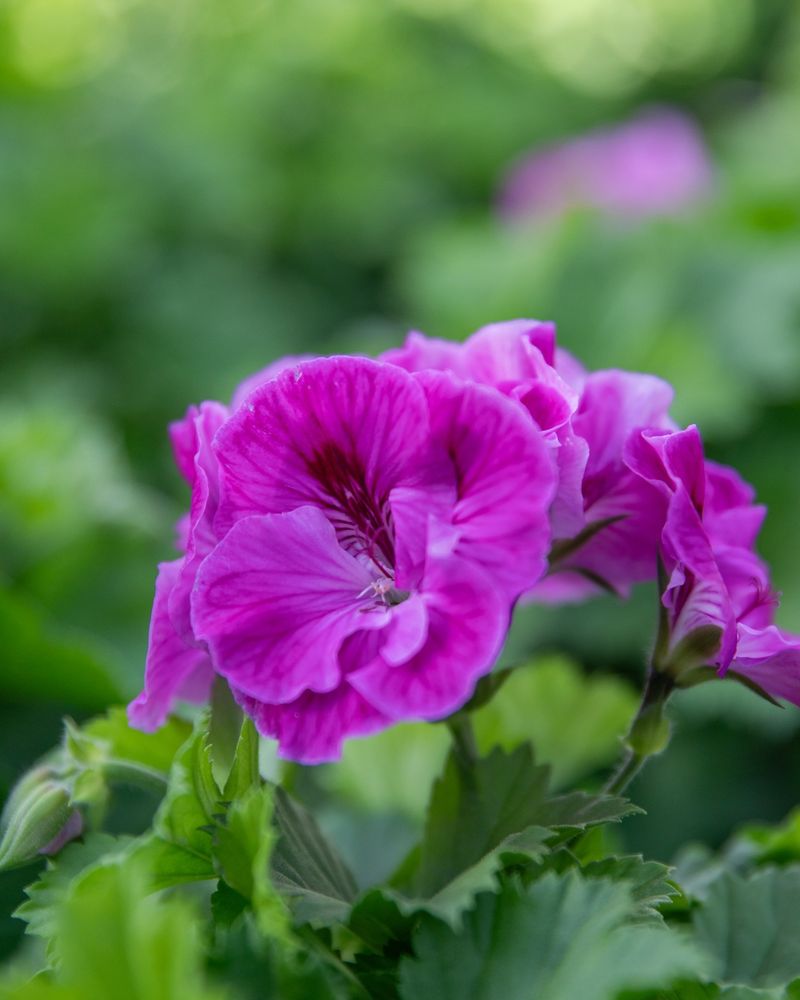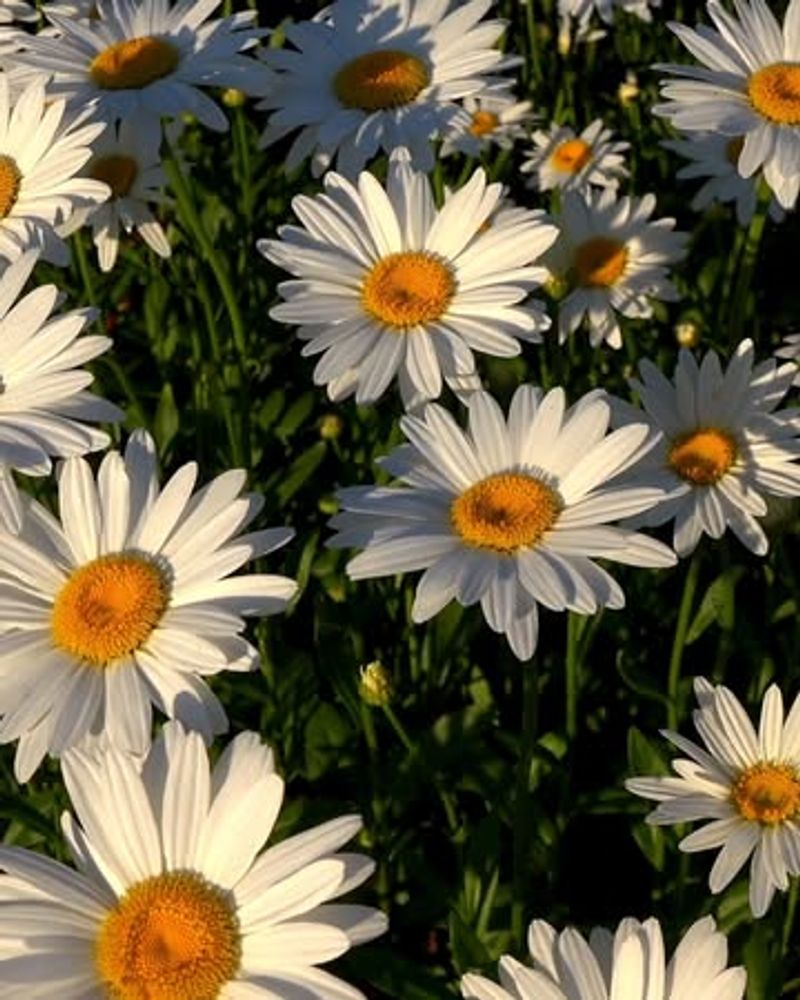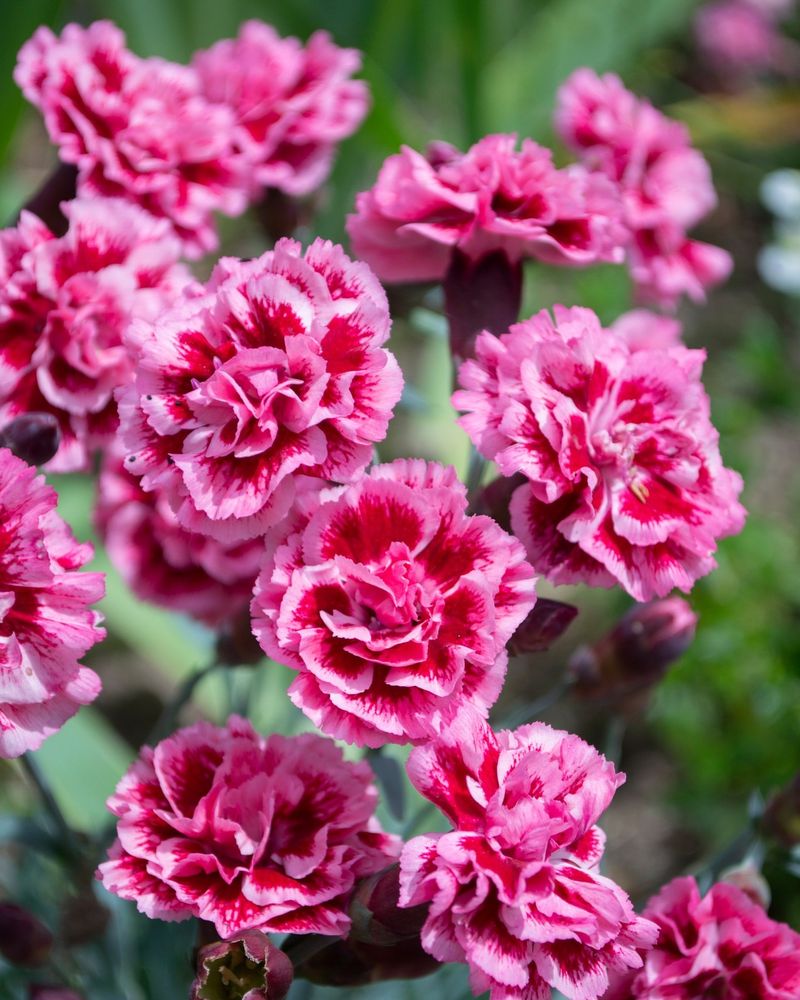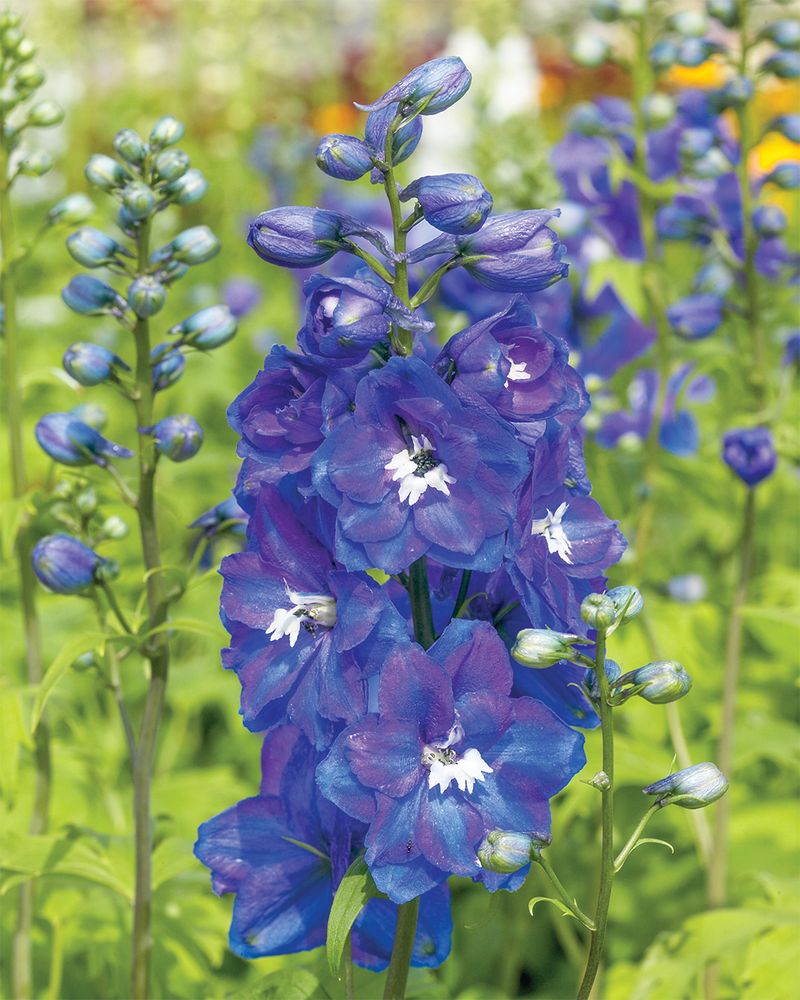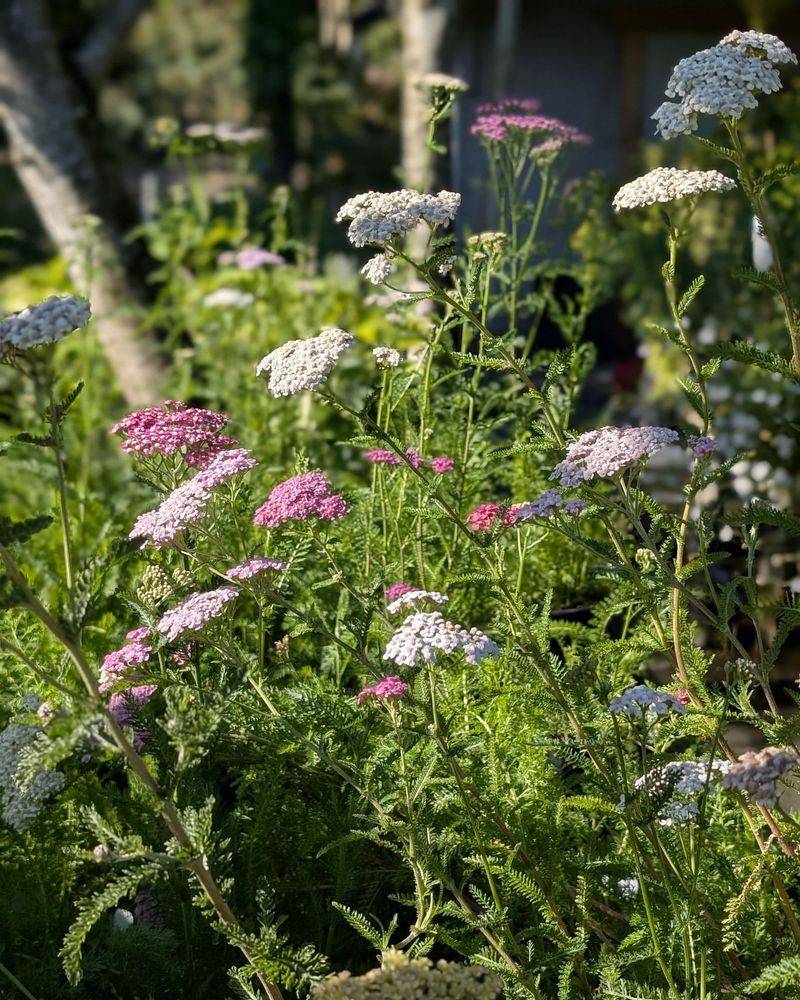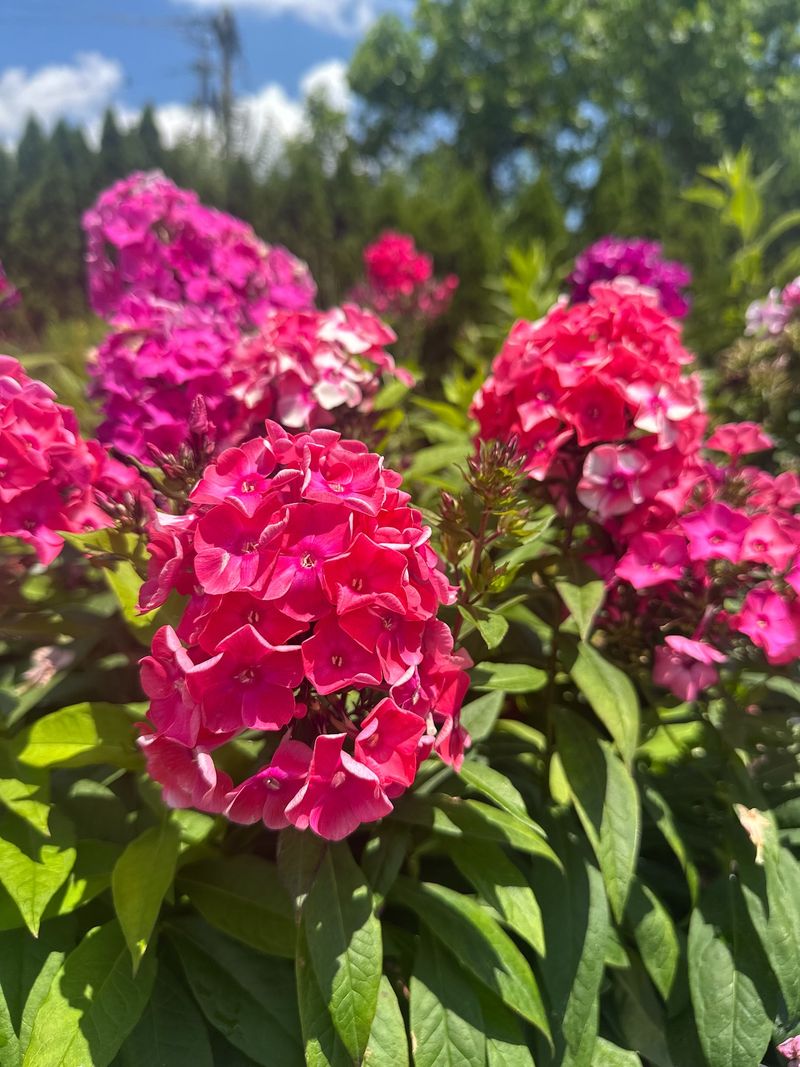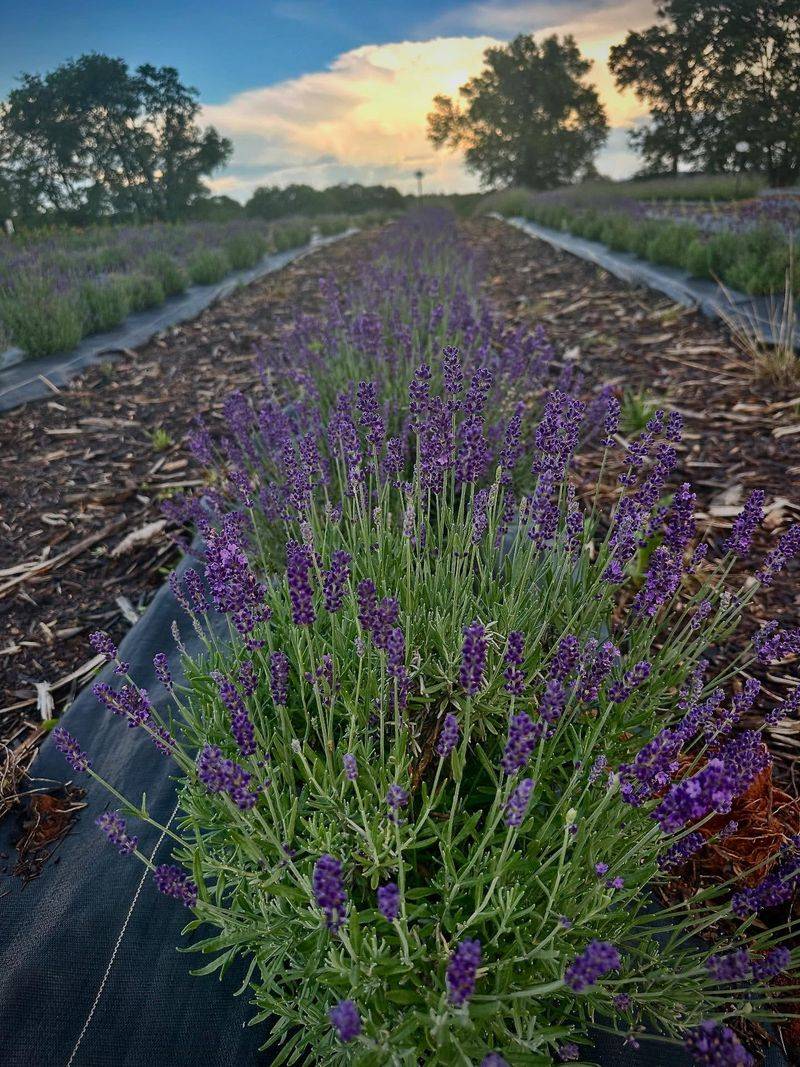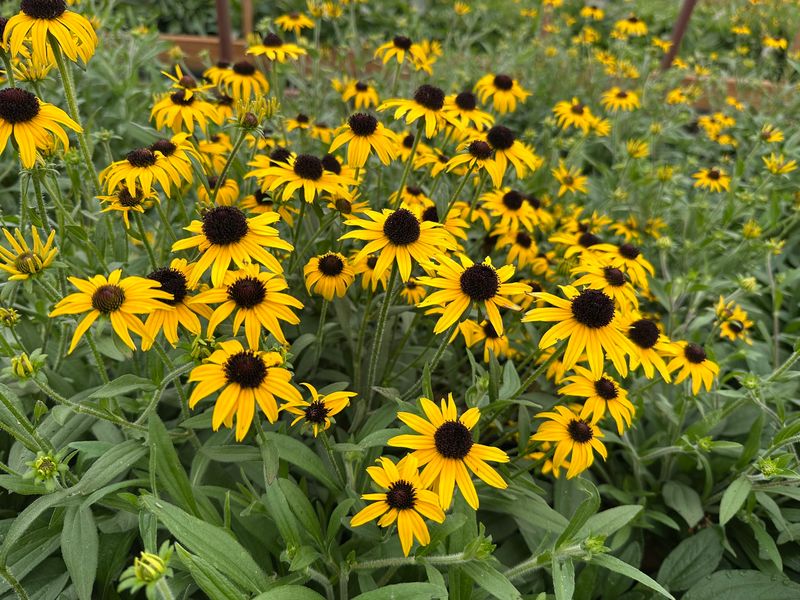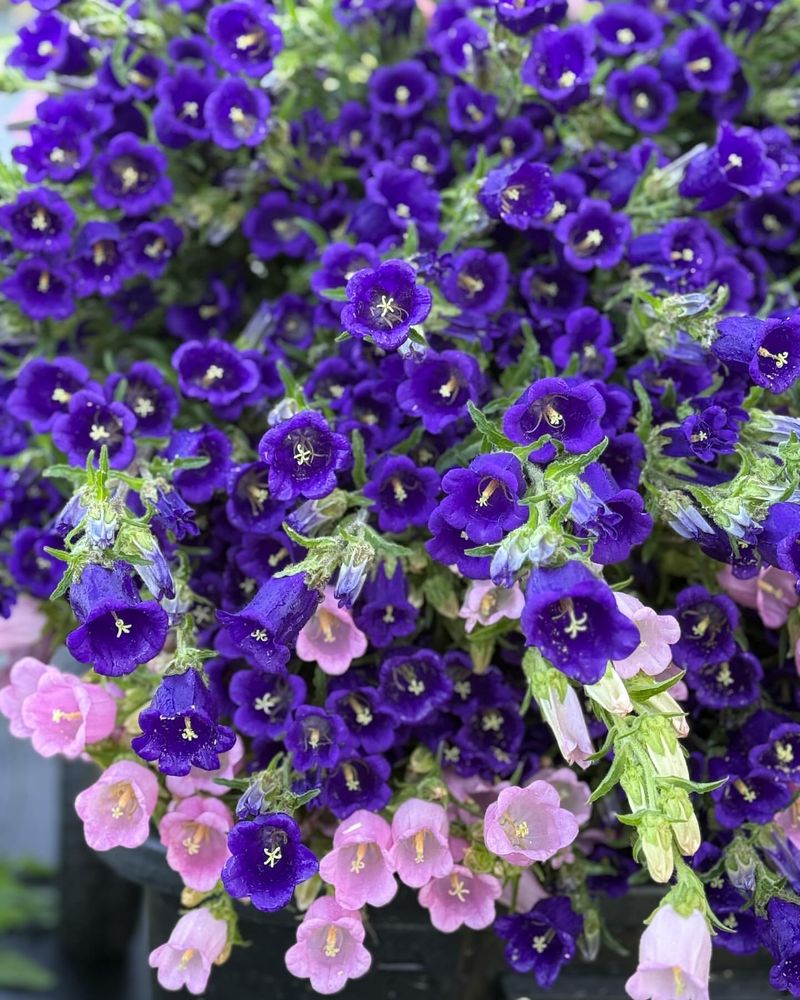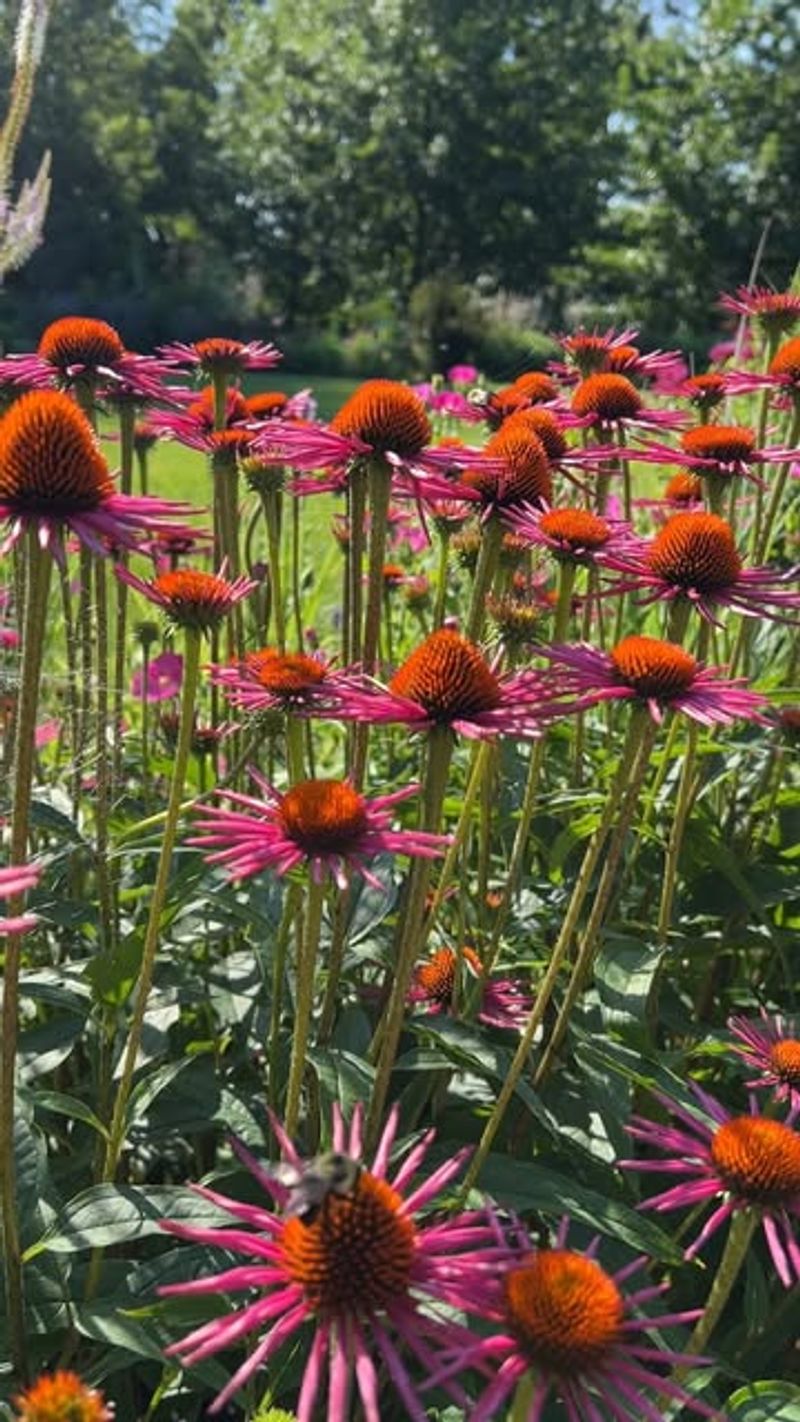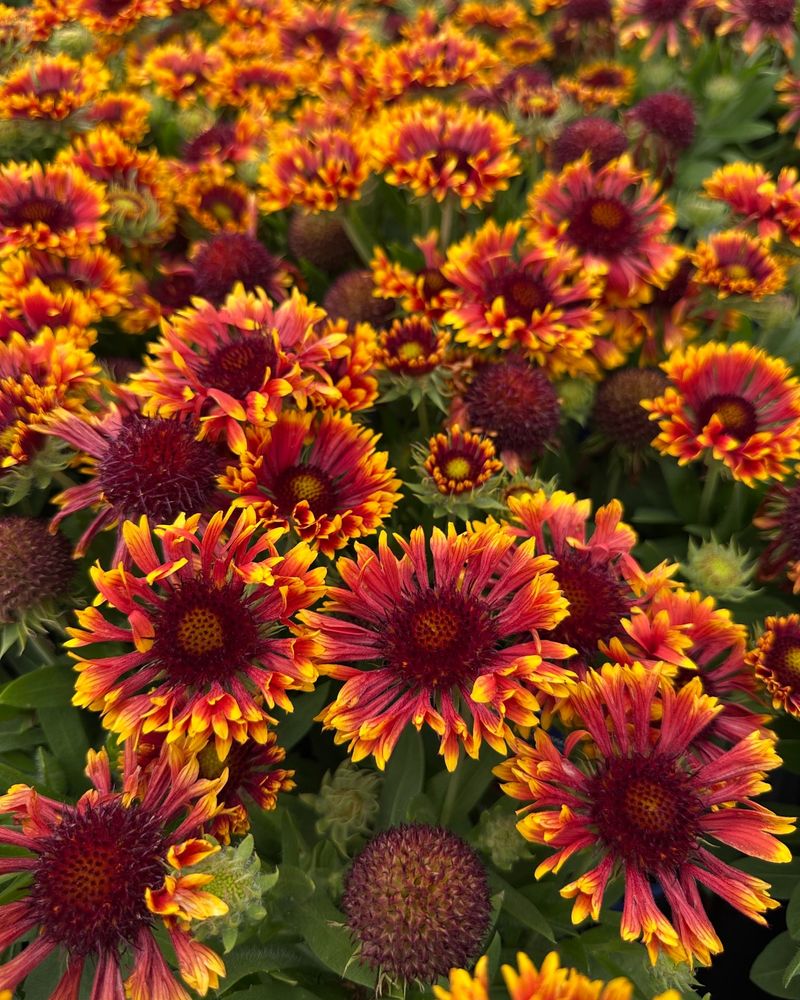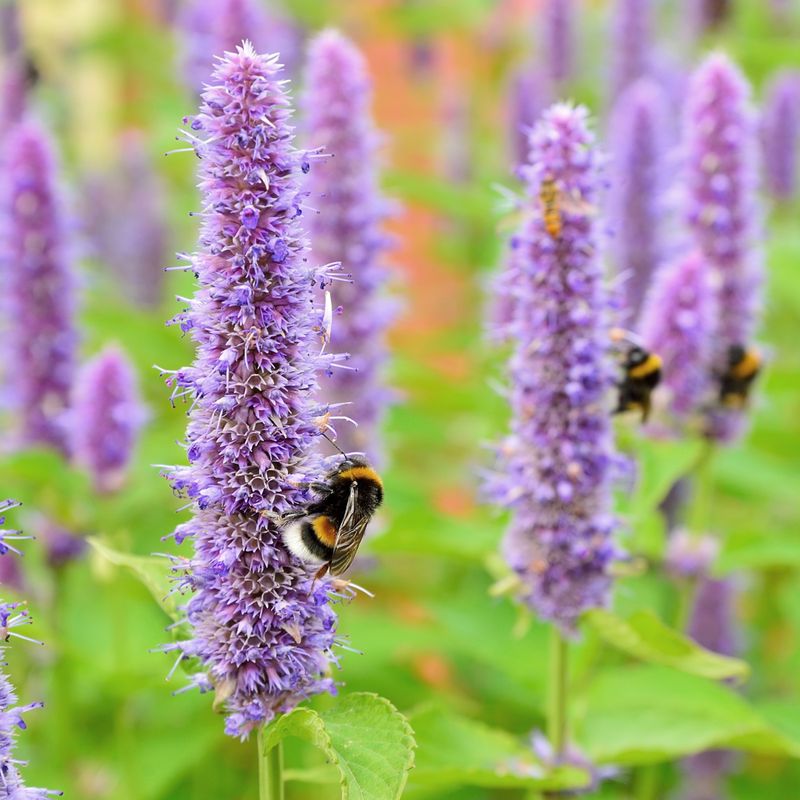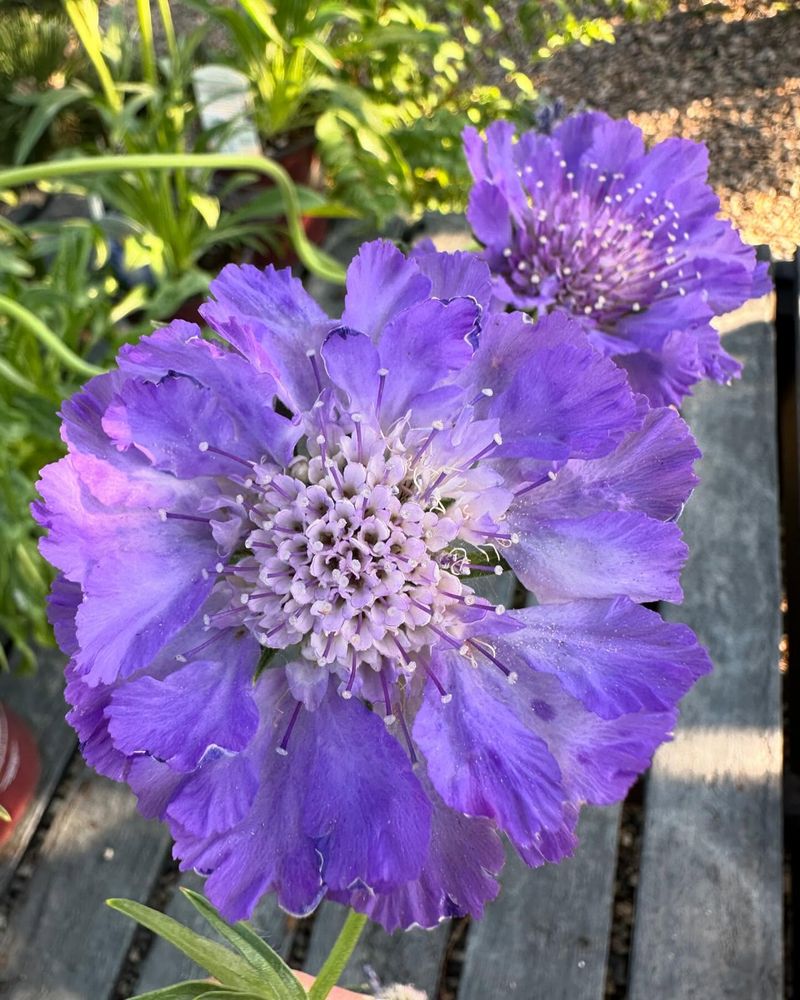Let me share a little gardening secret with you — there are some perennials I just can’t resist cutting back during summer. It’s like giving them a fresh start that rewards me with an even bigger, bolder burst of blooms.
I love seeing those vibrant flowers come back stronger, making my garden feel like a colorful celebration. Plus, it’s such a satisfying way to stay connected with nature’s rhythms.
Ready to hear which plants get this magical summer haircut?
1. Coreopsis
After the first flush of sunny blooms fades, these daisy-like flowers benefit tremendously from a trim. Cut them back by about one-third their height when you notice fewer flowers appearing.
This simple snip triggers the plant to produce fresh foliage and a whole new round of golden blooms that will brighten your garden until fall. Coreopsis responds quickly, usually showing new growth within a week.
2. Salvia
When the vibrant spikes start looking tired and fewer bees visit, it’s time for action. Grab your pruners and cut these aromatic plants back by half their height, removing spent flower stalks completely.
The reward comes quickly as salvias respond with fresh growth and renewed flowering within weeks. Many gardeners miss this opportunity, but this simple step transforms leggy, sparse plants into compact powerhouses of color.
3. Catmint
Once the initial blue-purple flower show fades, catmint tends to flop open unattractively. Don’t hesitate to cut it back severely – almost to the ground – despite how drastic this seems.
The plant bounces back with impressive vigor, producing tidy mounds of fresh foliage and new flower spikes. This dramatic pruning prevents the center from becoming woody and extends the blooming season through fall frost.
4. Geraniums
Hardy geraniums (not their annual cousins) benefit enormously from bold summer haircuts. When the first flowering finishes, the plants often look messy with yellowing leaves and fewer blooms.
Cut the entire plant back to about 3 inches from the ground. What seems brutal actually stimulates fresh, healthy growth and a second round of flowering. This technique works especially well with varieties like ‘Rozanne’ and ‘Johnson’s Blue’.
5. Shasta Daisies
These cheerful summer classics often become floppy and sparse after their initial bloom. When about half the flowers have faded, cut the entire plant back by about one-third to half its height.
This rejuvenation triggers side shoots to develop, creating a bushier plant with fresh flowers. The second bloom might feature smaller flowers, but you’ll get many more of them, extending the show for weeks longer.
6. Dianthus
Sweet Williams and other dianthus varieties respond beautifully to deadheading, but a more dramatic approach yields better results. After the first major flowering, cut back the entire plant by about half its height.
This prevents the plant from wasting energy on seed production and stimulates fresh growth from the base. You’ll be rewarded with compact, bushy plants and a second wave of those deliciously fragrant blooms that butterflies adore.
7. Delphiniums
Once these stately blue spires finish their dramatic early summer show, they need your attention. Cut the flowered stems down to the ground, but leave the fresh side foliage intact.
With proper timing, you’ll stimulate a second, smaller bloom cycle in early fall. This technique not only extends the flowering season but also prevents the plants from wasting energy on seed production, keeping them stronger for next year.
8. Veronica
The tall spikes of speedwell often look ragged after their initial flowering phase. Don’t let them linger – cut the spent flower stems back to just above a set of healthy leaves or a side shoot.
This simple pruning prevents the plant from setting seed and directs energy into producing new flowering stems. The result is a more compact plant with fresh blooms that continue into fall, attracting late-season pollinators to your garden.
9. Yarrow
After the first flush of flat-topped blooms begins to fade, these prairie natives benefit from decisive pruning. Cut the flowering stems back by about half their height, removing spent blooms completely.
This prevents yarrow from self-seeding too enthusiastically and encourages fresh foliage and new flower stems. The second round of blooms may be slightly smaller but will provide fresh color through late summer when many other perennials have finished.
10. Phlox
Garden phlox tends to develop powdery mildew as summer progresses, making them look unsightly. Cut affected stems back by half after the first flowering to remove diseased foliage and encourage air circulation.
The plants respond with fresh, often healthier growth and a second round of those fragrant flower clusters. This technique works particularly well with tall garden phlox varieties, keeping them looking attractive through late summer.
11. Lavender
English lavender benefits from a strategic summer haircut after its first flowering cycle. Trim back the spent flower stalks and about an inch of foliage, but never cut into the woody stems.
This light pruning prevents the plant from becoming leggy and often stimulates a smaller second flush of those fragrant purple spikes. The tidier shape also helps prevent winter damage by making the plant more compact and resistant to snow load.
12. Rudbeckia
These golden daisies often bloom themselves into exhaustion by midsummer. When the first round of flowers starts fading, cut back about one-third of the stems to encourage fresh growth from the base.
Leave some blooming stems intact for continuous color while the cut stems regenerate. This staggered pruning approach ensures black-eyed Susans keep their cheerful display going until frost, making them one of the hardest-working plants in your summer garden.
13. Campanula
Bellflowers tend to look tired after their initial bloom period, with floppy stems and fewer flowers. Cut back the entire plant by about half its height when most flowers have faded.
This rejuvenation pruning stimulates fresh basal growth and often produces a second, more compact flowering display. The technique works especially well with clustered bellflower and peach-leaved bellflower varieties, keeping them looking fresh through late summer.
14. Echinacea
Purple coneflowers naturally bloom for weeks, but strategic deadheading extends their show dramatically. Remove spent flowers individually as they fade rather than cutting back the whole plant at once.
This selective pruning prevents seed formation and redirects energy to developing new flower buds. The continuous deadheading approach keeps these native favorites blooming until fall frost, providing essential late-season nectar for butterflies and seeds for goldfinches.
15. Gaillardia
Blanket flowers are summer workhorses that respond dramatically to mid-season haircuts. When blooming slows down and plants look leggy, cut them back by about half their height.
The seemingly harsh pruning stimulates fresh growth from the crown and a whole new flush of those distinctive red-and-yellow daisy flowers. This technique prevents the center of the plant from dying out and extends the colorful display until frost.
16. Agastache
Hummingbird mint produces spectacular spikes that pollinators adore, but plants often become sparse after the first flush. Cut back flowering stems by about half their height as blooms fade.
This rejuvenation triggers side shoots to develop, creating a bushier plant with fresh flowers. The aromatic foliage remains attractive while new buds form, and the second bloom cycle often continues until frost, providing essential late-season nectar for hummingbirds.
17. Scabiosa
Pincushion flowers bloom prolifically early in summer but often slow down without intervention. Regularly remove spent flowers down to the next set of leaves rather than just deadheading the tops.
This more aggressive pruning stimulates new flowering stems from the base. The continuous bloom cycle makes these butterfly favorites invaluable in the late summer garden when many other perennials have finished their show for the season.

